Physical Address
304 North Cardinal St.
Dorchester Center, MA 02124
Physical Address
304 North Cardinal St.
Dorchester Center, MA 02124
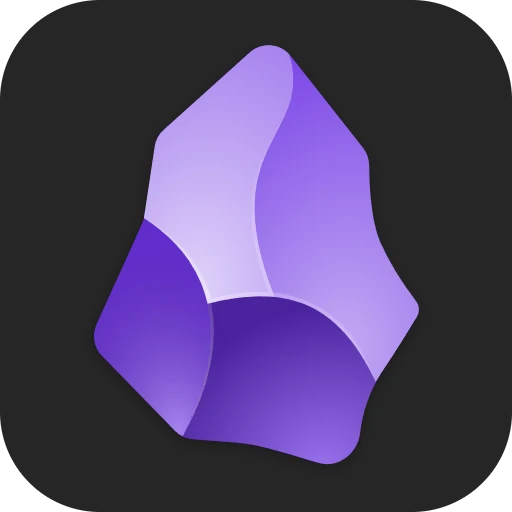 |
|
| Rating: 4.2 | Downloads: 1,000,000+ |
| Category: Productivity | Offer by: Dynalist Inc. |
Obsidian is a powerful, open-source knowledge management application for organizing notes and ideas in a structured, interconnected way. Built on a “graph” model, it allows users to create linked notes that reference and connect to one another, forming personal knowledge networks. Designed for students, writers, professionals, and knowledge workers seeking a more organized approach to information retention, Obsidian helps users build comprehensive digital libraries while encouraging associative thinking and better understanding.
Obsidian offers unique capabilities that transform how users interact with information. Its bidirectional linking system allows users to explore relationships between ideas intuitively, while its robust tagging and searching features help maintain order in growing knowledge bases. This approach fosters deeper comprehension of complex topics, improves retention of information, and creates highly personalized reference systems for creative work, research, or personal projects—making Obsidian particularly valuable for those who want to build structured yet flexible knowledge ecosystems.
| App Name | Highlights |
|---|---|
| Roam Research |
Focuses on graph-based note-taking and knowledge accumulation. Emphasizes capturing ideas in a continuous timeline and discovering connections over time. |
| Minds |
Similar to Obsidian with a focus on mind mapping alongside notes. Offers visual thinking tools that connect to your notes for structured brainstorming. |
| Logseq |
Markdown-based note-taking with an emphasis on graph databases and block editing. Features a unique “journaling-first” approach and robust graph view. |
Q: What is the core philosophy behind Obsidian’s design?
A: Obsidian is built on the idea that knowledge grows best when connections between ideas are visible and can be followed naturally. This means notes aren’t just documents—they’re nodes in a graph where relationships between concepts are highlighted through bidirectional linking, helping users see patterns and build a more interconnected understanding.
Q: Can Obsidian work offline, and how does synchronization typically work?
A: Yes, all note editing happens locally by default, so you can work completely offline. For syncing, the free version supports plugins for major cloud services like Dropbox, iCloud, and OneDrive. There’s also Obsidian Remote as a paid option for cloud-based synchronization and collaborative features.
Q: Is the entire app free, or are there paid versions available?
A: Yes, Obsidian’s desktop versions for Windows, macOS, and Linux remain entirely free with no premium features locked behind a paywall. Mobile apps are available for iOS and Android but operate separately from the desktop experience. A web version in development will be free but will have limitations compared to the desktop apps.
Q: How does Obsidian handle large libraries, and is it resource-intensive?
A: Obsidian indexes your entire library, so performance is primarily dependent on your device’s storage speed and available RAM. While it scales well theoretically, extremely large collections with thousands of notes may occasionally cause slowdowns depending on hardware specifications. The developers recommend keeping notes reasonably sized and organizing effectively.
Q: Can I use Obsidian for collaborative projects, like writing a paper with multiple authors?
A: While you can export documents for review, Obsidian itself lacks native collaboration tools and treats each user’s library as a personal collection. However, you can use third-party syncing services to share libraries across devices, or utilize Obsidian’s export/import system with version control tools like Git to manage collaborative editing workflows.
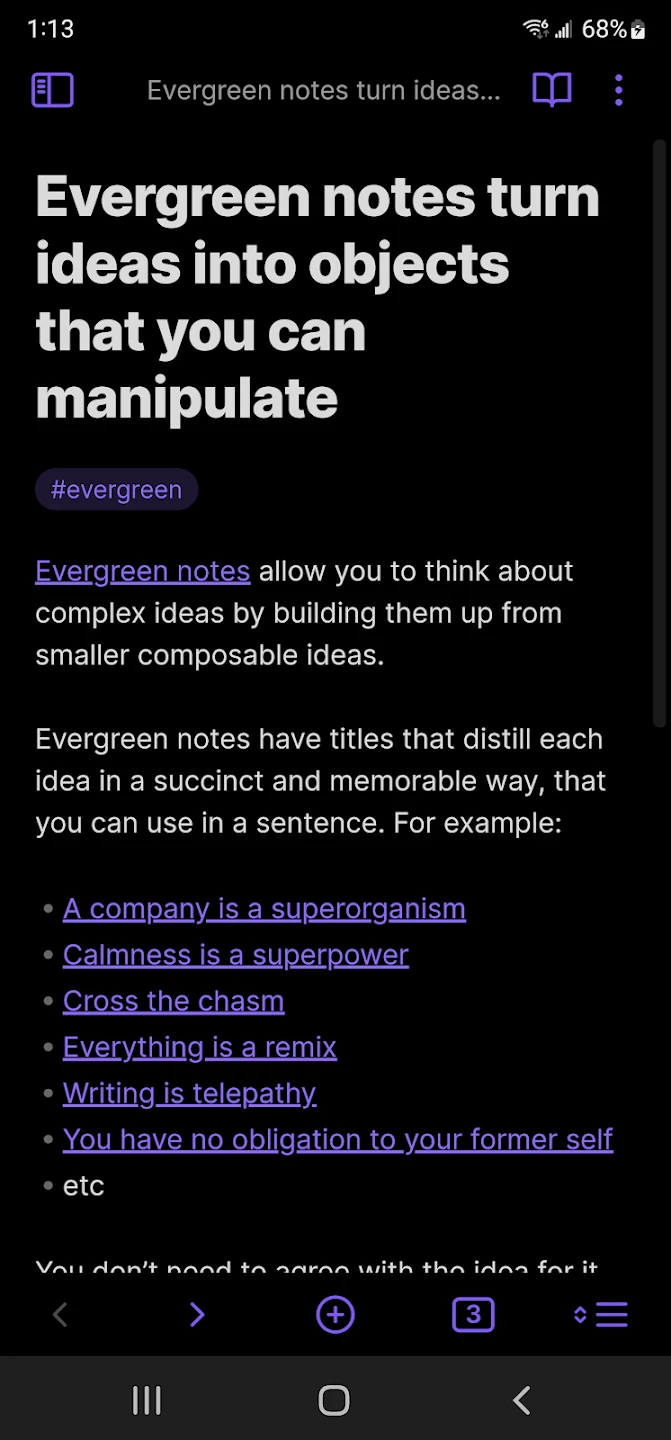 |
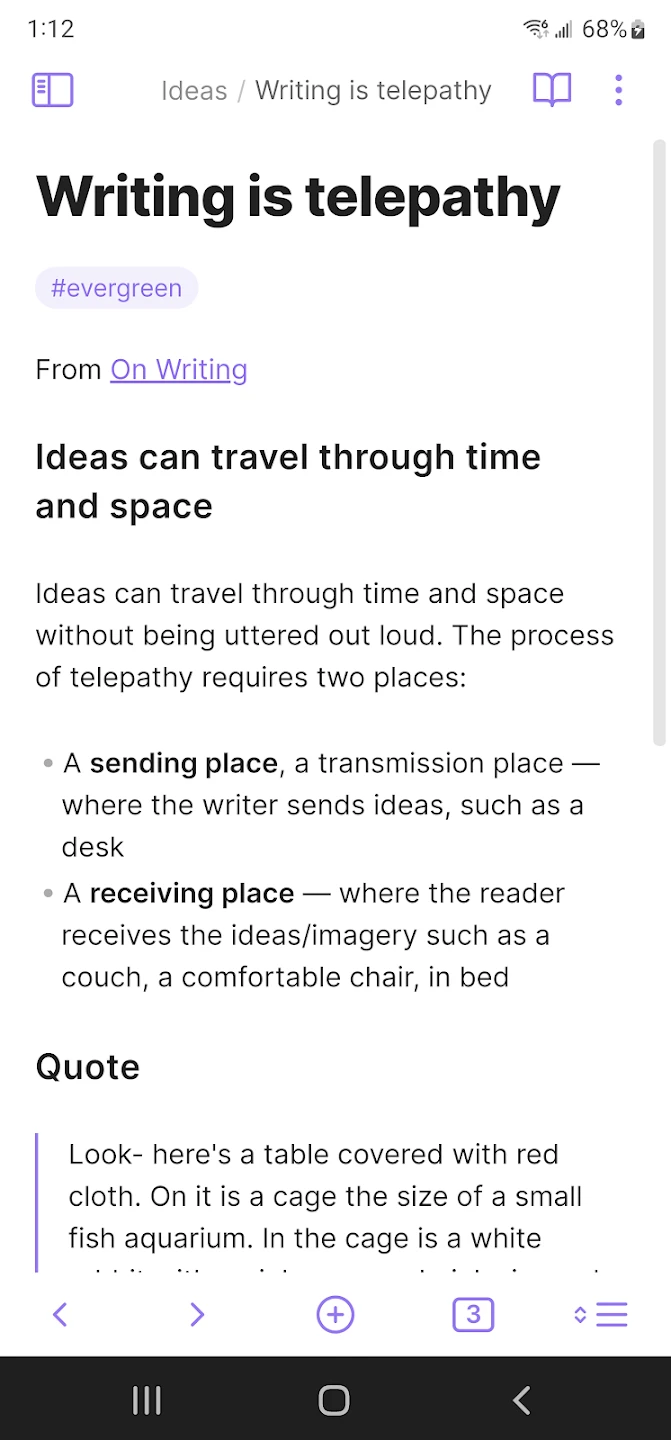 |
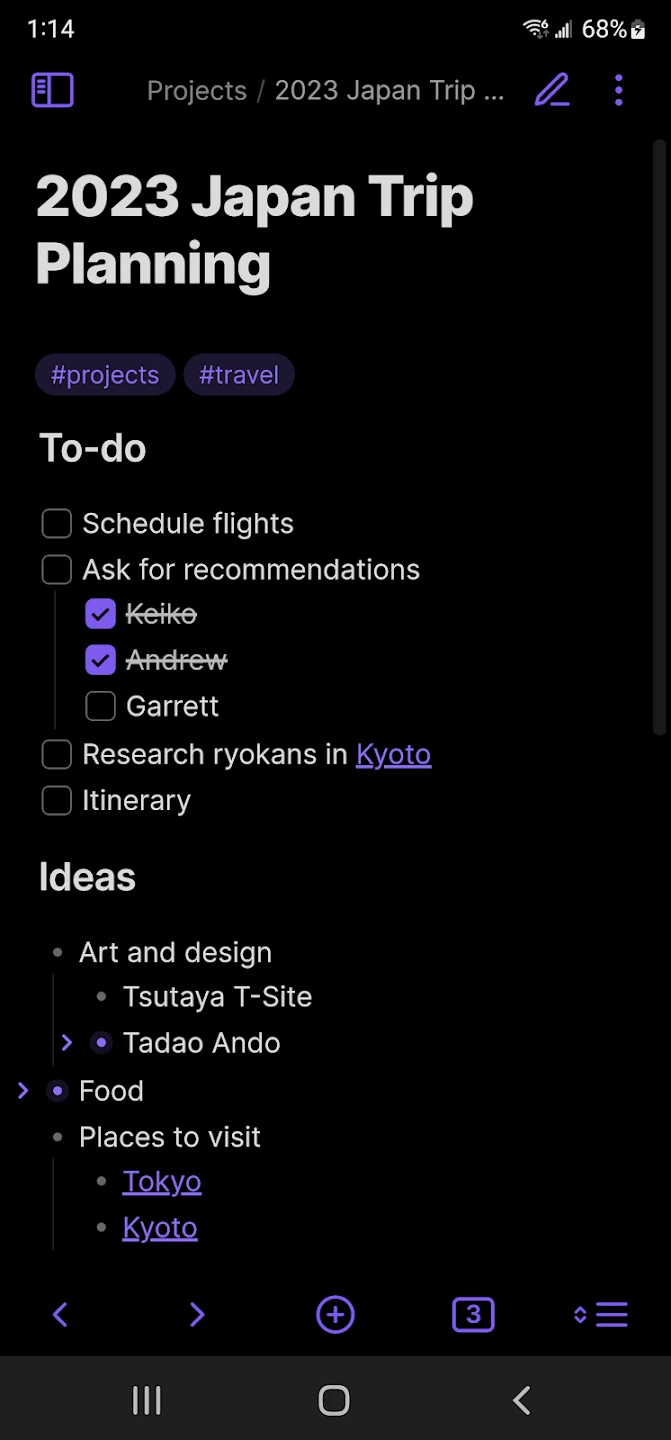 |
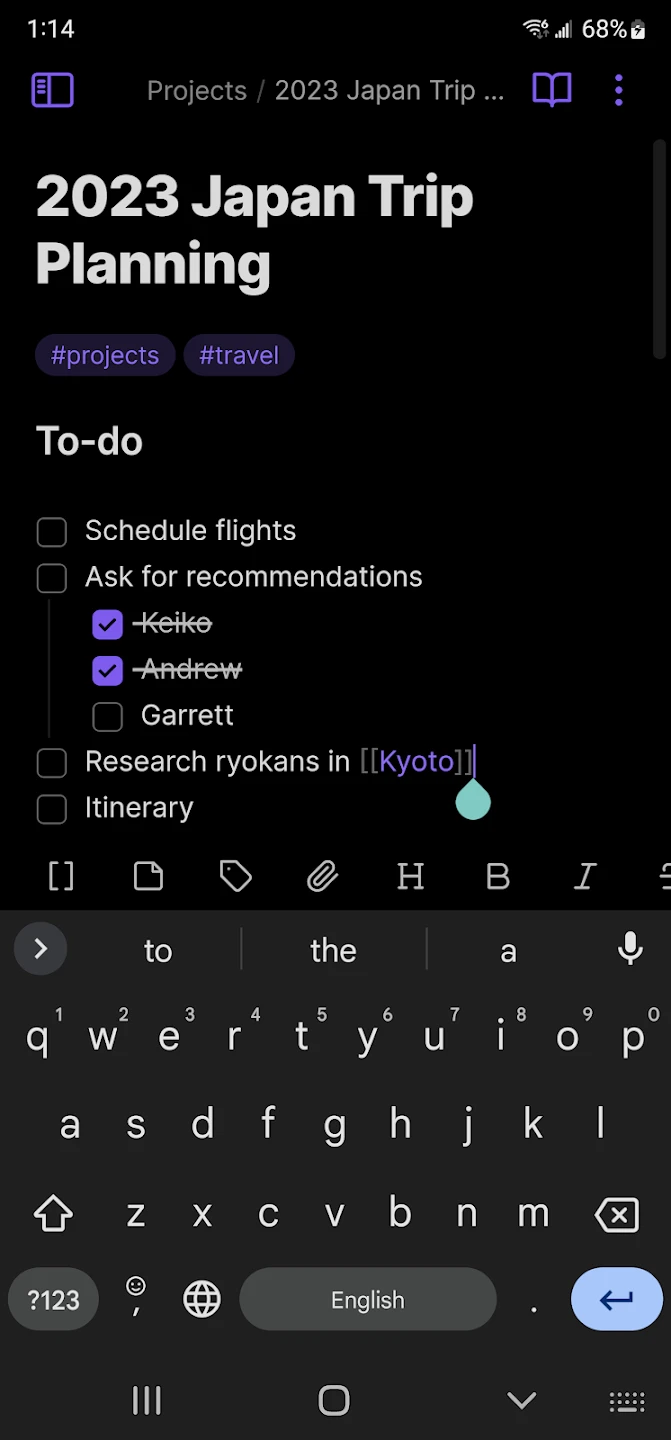 |